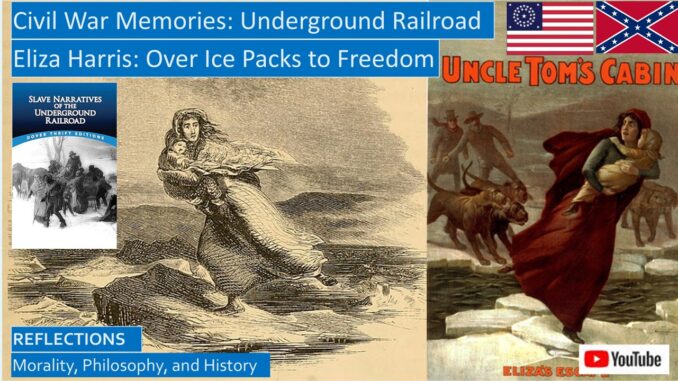
The daring escape by Eliza Harris, carrying her infant child across chunks of ice in the Ohio River to freedom, inspired a similar scene in Harriet Beecher Stowe’s Uncle Tom’s Cabin written in 1852. These are excerpts from her account of her escape in the Underground Railroad narratives, where Northern abolitionists guided runaway slaves to freedom in New England and Canada.
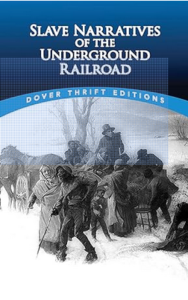 She had been a faithful slave to her master for many years, and had buried two children, and was doubly attached to the two-year-old who now was her only child, “a bright, promising child.” “Her master and mistress were kind to her, and she had a comfortable home, but her master” had financial issues. She learned that they would be sold, and since it was likely she would be separated from her child at the slave auction block, “she resolved to escape that night, if possible.”
She had been a faithful slave to her master for many years, and had buried two children, and was doubly attached to the two-year-old who now was her only child, “a bright, promising child.” “Her master and mistress were kind to her, and she had a comfortable home, but her master” had financial issues. She learned that they would be sold, and since it was likely she would be separated from her child at the slave auction block, “she resolved to escape that night, if possible.”
After dark, she walked to the Ohio River with her child in her arms, expecting to walk over the frozen river to the other side. “When she reached its banks at daylight, she found that the ice had broken up and was slowly drifting in large cakes. She went to a nearby house, where she was kindly received and permitted to remain through the day.”
The slave catchers were searching for her. “In the evening, she discovered pursuers nearing the house, and with desperate courage, she determined to cross the river, or perish in the attempt. Clasping her child in her arms, she darted out the back door and ran toward the river, followed by her pursuers, who had just dismounted from their horses when they caught sight of her.”
“No fear or thought of personal danger entered Eliza’s mind, for she felt that she had rather be drowned than to be captured and separated from her child. Clasping her babe to her bosom with her left arm, she sprang on to the first cake of ice, then from that to another and another. Sometimes the cake she was on would sink beneath her weight, then she would slide her child onto the next cake, pull herself on with her hands, and so continue her hazardous journey. She became wet to the waist with ice water and her hands were numbed with cold, but as she made her way from one cake to ice to another, she felt that surely the Lord was preserving and upholding her, and that nothing could harm her.”
“When she reached the Ohio side, she was completely exhausted and almost breathless. A man, who had been standing on the bank watching her progress with amazement and expecting every moment to see her go down, assisted her up the bank. After she had recovered her strength a little, he directed her to a house on the hill, on the outskirts of town,” “where she was kindly received and cared for.”
“It was not considered safe for her to remain there during the night, so, after resting a while and being provided with food and dry clothing, she was conducted to a station on the Underground Railroad, a few miles further from the river. The next night she was forwarded on from station to station to our house in Newport, Rhode Island, where she arrived safely and remained several days.” The narrator’s wife suggested that she change her name to Eliza Harris. Eventually, she crossed over to freedom in Canada.[1]
Uncle Tom’s Cabin was written in 1852, and since she fled to Canada, she must have escaped after the passage of the Fugitive Slave Act of 1850, which permitted slave owners to pursue runaway slaves, requiring that citizens of free states cooperate in this hunt. This act and the publication of Uncle Tom’s Cabin were two of the causes of the Civil War that would erupt about a decade later.[2]
DISCUSSING THE SOURCES
We will be reviewing many of the stories about slaves escaping to freedom in the Underground Railroad, and there are other slave narratives. Frederick Douglass escaped from slavery when the abolition movement began. Augustine Tolton and his mother escaped from slavery during the Civil War, he was the first black priest ordained after the Civil War. And Booker T Washington was emancipated as a young teenager at the end of the Civil War.
Frederick Douglass Tells Us About His Life as a Slave in his Autobiography
http://www.seekingvirtueandwisdom.com/frederick-douglass-tells-us-about-his-life-as-a-slave-in-his-autobiography/
https://youtu.be/7VkzhyNnuQk
Life and Times of Frederick Douglass, After Slavery as an Abolitionist
http://www.seekingvirtueandwisdom.com/life-and-times-of-frederick-douglass-after-slavery-as-an-abolitionist/
https://youtu.be/M0sx85oMRQA
Father Augustine Tolton, From Slave to Priest
http://www.seekingvirtueandwisdom.com/father-augustine-tolton-from-slave-to-priest/
https://youtu.be/dZbzWJkAf5k
Up From Slavery: Autobiography of Booker T Washington
http://www.seekingvirtueandwisdom.com/up-from-slavery-autobiography-of-booker-t-washington/
https://youtu.be/yxDnJ6sBoJc
In our first video in this series, Harriet Jacobs sailed for freedom after hiding for many years on her plantation.
Underground Railroad: Harriet Jacobs, the Slave Girl Who Escapes Slavery Before the Civil War
https://seekingvirtueandwisdom.com/underground-railroad-harriet-jacobs-the-slave-girl-who-escapes-slavery-before-the-civil-war/
https://youtu.be/3KMkAyg7goY
[1] Slave Narratives of the Underground Railroad (Garden City, New York, Dover Publications, 2001, 1861), Eliza Harris, pp. 95-97.
[2] https://en.wikipedia.org/wiki/Fugitive_Slave_Act_of_1850

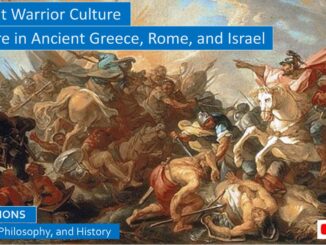
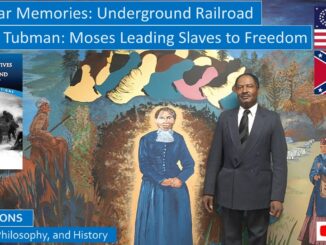
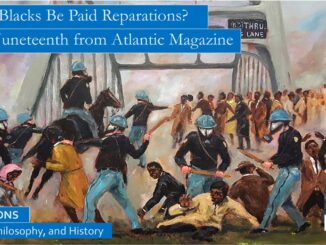
1 Trackback / Pingback